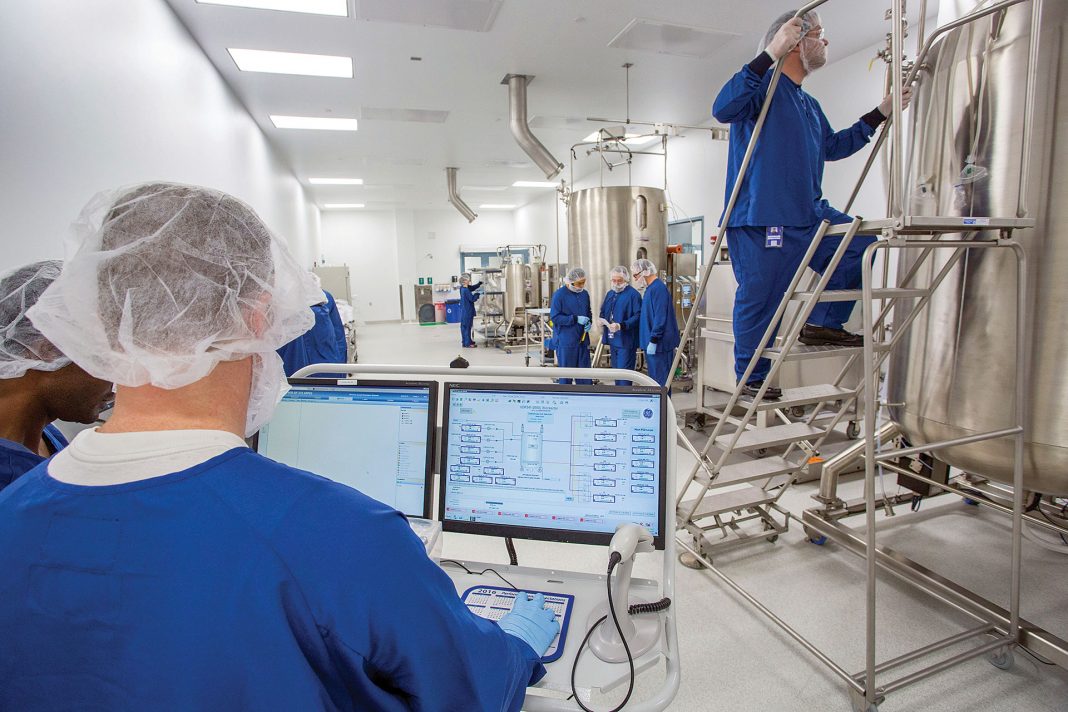By John Sterling
As biopharma’s biologics portfolio continues to grow, its increasing complexity presents a number of challenges for biomanufacturers. That’s the issue Sanchayita Ghose, PhD, executive director, Downstream PD Network, Biologics Development, Bristol-Myers Squibb addressed during yesterday’s keynote talk at the BioProcess International Conference in Boston.
The last several decades in biotech was primarily dominated by the prevalence of monoclonal antibodies as a therapeutic modality. That had a profound influence on bioprocess development and biomanufacturing philosophies primarily regarding the establishment of the platform concept, shortened development timelines to enable faster entry into the clinic, simplification of raw material supply chains, and ways to enable multi-product harmonization in a manufacturing facility, according to Ghose.
“The increasing complexity of the biologics portfolio in some ways will force us to spend more time and effort during development of these molecules because of their unique needs,” she said. “However, most of the knowledge and many of the tools that we have developed during the monoclonal antibody era will still come in handy.”
Greater focus on downstream efforts
This new environment will require greater focus on extensive downstream development efforts. More efficient resin and filter screening, the development of higher resolution chromatographic conditions, scouting for effective viral clearance design space, etc. will need to be done without having the luxury of extended development timelines, Ghose explained. Hence, the use of automation and high-throughput techniques, adoption of partition coefficient analysis, establishment of in-house viral surrogate capabilities, and the application of platform tool-box approaches will become increasingly important, she added.
Downstream has always proved more problematical than upstream operations. When asked what downstream challenges now face biomanufacturers as biologics complexity grows, Ghose replied that the major challenge is likely to be the increased burden and diversity of process- and product-related impurities that future downstream processes will need to remove.
“During the monoclonal antibody era, downstream processes mainly had to focus on handling higher mass while removing trace impurities. As biologics complexity grows, downstream will need to develop chromatographic steps that can handle much finer separations to resolve product-related variants while still preserving the ability to process higher mass,” Ghose told GEN. “In addition, the portfolio is now being made in diverse expression systems and not just CHO. Downstream development efforts will need to get married to improved analytical techniques to effectively characterize the product- and process impurities coming out of these varied systems.”
Continuous processing
When it comes to continuous bioprocessing, the “one size fits all” concept has never been applicable, stated Ghose, pointing out that over the years, biomanufacturing has seen the development of multiple discrete technologies that can be used on their own, in groups, or integrated into one cohesive process flow for a fully continuous process.
“The specific applications and approach that a company adopts will differ based upon the requirements of the end user,” she said. “The multiple continuous processing technologies, upstream and downstream, that Bristol-Myers Squibb adopted has mainly been geared towards throughput improvement, cost reduction, and getting the most from our existing manufacturing footprint. I expect that trend to continue even with the newer therapeutic modalities.”
Turning to artificial intelligence and machine learning, Ghose expects that those approaches are going to transform the world in general and not just biomanufacturing operations.
“But as growing cost and time pressures continue to affect the biopharmaceutical industry, I envision that the increased use of machine learning and AI will enable more in-silico development work and a-priori predictions, thereby improving efficiencies in the end-to-end development process,” she told GEN. “In addition, more effective knowledge management and effective data-mining tools are going [to be developed from the application] of digitalization in biomanufacturing.”
John Sterling is the Editor-in-Chief of GEN ([email protected]).


